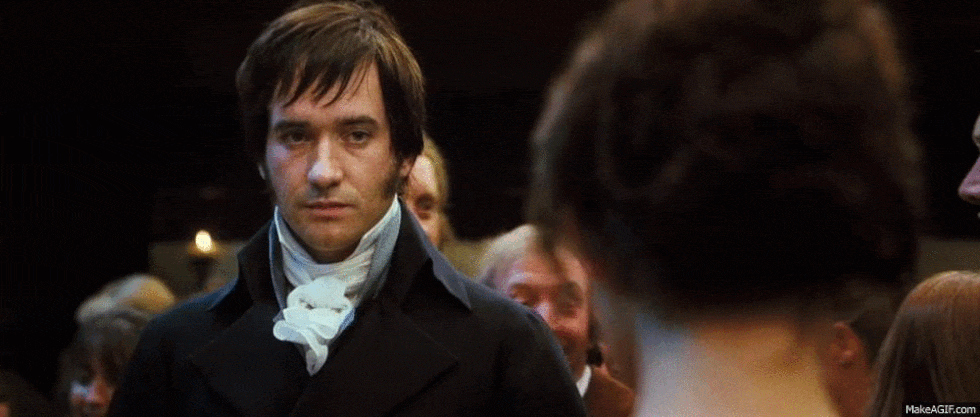While it is not explicitly translated in the pages of Jane Austen's 1813 novel "Pride and Prejudice" that Mr. Fitzwilliam Darcy Esquire suffered from social anxiety, there are certainly many moments throughout the beloved tale that suggest he may have experienced anxiety, especially when it comes toRead more
While it is not explicitly translated in the pages of Jane Austen’s 1813 novel “Pride and Prejudice” that Mr. Fitzwilliam Darcy Esquire suffered from social anxiety, there are certainly many moments throughout the beloved tale that suggest he may have experienced anxiety, especially when it comes to major social situations.
From the very first moment when Mr. Darcy met Elizabeth Bennet, his aloof and introverted demeanor makes the second eldest of five Bennet sisters form a negative impression. Hence, his apparent discomfort in large gatherings, especially while conversing with strangers, could be interpreted as signs of social anxiety.
In the novel, Mr. Darcy even quoted his tendency to avoid small talk and struggle with expressing his true emotions by saying, “I certainly do not have the talent which some people possess of conversing easily with those I have never seen before,” which can also point to the wealthy English aristocrat as having social anxiety.
Initially, the readers might have considered Mr. Darcy as a proud man who doesn’t wear his heart on his sleeve. But as the story progresses, with his kind gestures, he turns out to be a fine gentleman who likes to tell his honest thoughts without twisting his words, despite his reserved behavior, which also got judged by Elizabeth.
Ultimately, it is up for readers to decide whether Mr. Darcy’s perceived coldness stems from social anxiety, as his personality has played a crucial part in contributing towards his complex characterization, which has inspired many derivatives in modern literature, including films and TV adaptations of the classic novel.
See less

In Orlando, Virginia Woolf explores the fluidity of gender and challenges the rigid gender norms. She examines the societal expectations and limitations imposed on both men and women through the gender transformation of Orlando. Woolf also critiques the gender arbitrariness of gender roles, suggestiRead more
In Orlando, Virginia Woolf explores the fluidity of gender and challenges the rigid gender norms. She examines the societal expectations and limitations imposed on both men and women through the gender transformation of Orlando. Woolf also critiques the gender arbitrariness of gender roles, suggesting that they are socially constructed rather than inherent. Orlando’s identity is portrayed as constant despite the change in gender, emphasising the idea that gender is not a fixed aspect of identity but rather a fluid and malleable construct.
See less